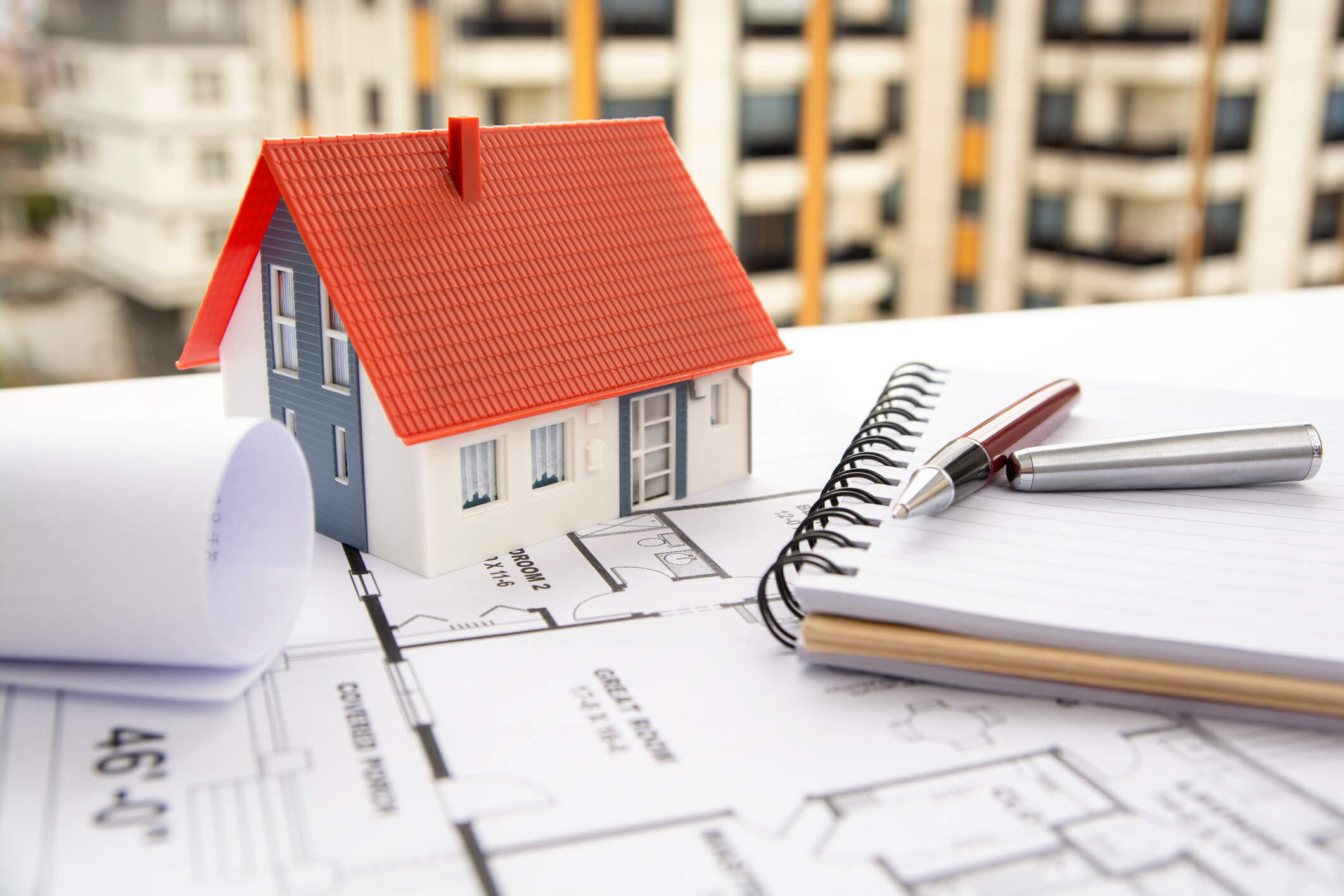Understanding the Role and Impact of Property Developers in Real Property
Understanding the Role and Impact of Property Developers in Real Property
Blog Article
Within the world that is real estate, the property owners have a pivotal role in shaping communities, landscapes, and even economies. These individuals or organizations are the driving force behind the idea, design as well as the construction and marketing of various real estate ventures, ranging from residential complexes and commercial projects. The impact of their work goes far beyond just construction. they deal with regulatory frameworks, markets, and society needs. Knowing the importance and significance of developers on property helps to understand the intricacies of the industry and the broader ramifications.
In the midst of property developer's responsibilities lies the finding and acquiring suitable land parcels for development. Initial phases include a meticulous market analysis, feasibility studies, and risk assessment to determine the viability and success of the venture. Developers must navigate zoning regulations such as environmental regulations, as well as legal complications to gain all necessary permits and approvals. The ability of developers to identify the untapped opportunities in areas that are not being explored frequently opens the door to urban revitalization and economic growth.
Beyond the scope of vision, property developers know how to navigate the intricate web of regulations, permits, and zoning laws that govern construction projects. To navigate this complex bureaucratic maze requires astute legal and logistical expertise. Developers must engage with local authorities, engage in public consultations and meet environmental requirements. How they navigate these complexities can be crucial to the success of a project, significantly influencing timelines and profits.
In addition, the environmental consequences of development projects cannot be overlooked. Property developers are being put under pressure to adopt sustainable practices that reduce carbon footprint, preserve green spaces, and improve efficiency in energy use. Sustainable design elements like green roofs, rainwater harvesting systems, and LEED certification are now standard features in contemporary developments. In addition to complying with the regulations, developers are recognizing the advantages of long-term environmental friendly initiatives, including economic savings, increased market competition as well as a positive perception of the public. To receive extra information kindly look at akisama.com.my/
The performance of a development project does not rely solely on the quality of its construction, however also on its market position and brand. Property developers use innovative methods of marketing to differentiate their developments and draw in either tenants or buyers. The process involves crafting compelling stories visually appealing identities and sales programs that connect with their target market. It doesn't matter if it's luxurious condominiums that are marketed to wealthy customers or affluent housing aimed at first-time homeowners effective branding is vital for driving sales and maximizing the return on investment. Furthermore, developers use technological advancements as well as social media to reach a wider audience as well as engage potential buyers to stay competitive in a fast-moving market.
The viability of development projects is not just dependent on their financial viability, but also on acceptance by the community and involvement. Communication with stakeholder groups, transparency as well as corporate social responsibility programs constitute a key element of responsible development practices. Engaging with residents or NGOs as well as advocacy groups helps build trust, fosters inclusivity, and ensures that development projects align with the broader interests of the society. Moreover, incorporating elements of the process of creating places, for example the public art installation, leisure spaces, and cultural amenities, enriches the neighborhood's social fabric and fosters a sense of connection among the inhabitants.